In an era of high-tech gym equipment and boutique fitness studios, the humble pull-up endures as one of the most fundamental measures of raw upper-body strength. This deceptively simple movement—hanging from a bar and lifting your entire body weight until your chin clears the bar—has been used for centuries to assess physical prowess, from ancient Greek training grounds to modern military boot camps.
What makes pull-ups uniquely challenging is their unforgiving nature. Unlike machines that allow you to adjust resistance or compensate with momentum, the pull-up demands that you move your entire body through space using nothing but arm, back, and core strength. There's no cheating gravity, no partial credit for almost making it. You either lift yourself up or you don't.
The movement primarily targets the latissimus dorsi—those sweeping "wing" muscles of the back—while also heavily engaging the biceps, shoulders, and forearms. But perhaps more importantly, it requires tremendous core stabilization to prevent excessive swinging. This full-body integration is why seasoned trainers often say you can judge someone's overall strength by their pull-up performance.
The cultural significance of pull-ups spans far beyond gym walls. In many cultures, the ability to perform multiple clean pull-ups represents a rite of passage into manhood or warrior status. Military units worldwide use them as a key fitness metric—the U.S. Marine Corps expects all male recruits to complete at least 3 pull-ups for their initial fitness test, with 20 earning maximum points. Schools have incorporated them into physical education curricula for generations, despite recent controversies about their difficulty.
What's fascinating about pull-up proficiency is how it exposes the gap between gym-goers who focus solely on aesthetics and those who train for functional strength. It's entirely possible to have impressively large arms from endless bicep curls yet struggle to complete a single proper pull-up. This disconnect has led to renewed interest in bodyweight training among serious athletes.
Training for your first pull-up requires patience and strategic progression. Most trainers recommend starting with inverted rows (also called Australian pull-ups) to build foundational strength. These are performed with feet on the ground and hands gripping a bar at waist height, allowing you to adjust difficulty by changing your body angle. Negatives—jumping up to the top position and lowering down slowly—are another excellent preparatory exercise.
For those who can already perform a few pull-ups, increasing repetitions involves consistent practice and smart programming. The "grease the groove" method—doing multiple submaximal sets throughout the day—has proven particularly effective. Rather than exhausting yourself in one brutal session, this approach trains the nervous system to become more efficient at the movement pattern.
Advanced variations turn the basic pull-up into a lifetime pursuit. From weighted pull-ups (adding resistance via a belt or vest) to one-arm versions, the progression never truly ends. Gymnasts train muscle-ups—explosive pull-ups that transition above the bar—while rock climbers favor fingertip pull-ups for grip strength. Even the grip position changes the challenge significantly: chin-ups (palms facing you) emphasize biceps more, while wide-grip pull-ups place greater demand on the lats.
Recent biomechanical research has shed light on optimal pull-up technique. Contrary to old-school advice about keeping legs perfectly straight, slight knee flexion actually improves stability. The scapula should remain engaged throughout the movement to protect the shoulders, and the ascent should be controlled rather than jerky. Perhaps most surprisingly, full extension at the bottom (the "dead hang" position) isn't necessary for muscle development and may increase injury risk for some individuals.
The pull-up's simplicity makes it an excellent diagnostic tool. Struggling with the initial lift off suggests weak lats, while difficulty at the top indicates underdeveloped biceps or lower traps. Inability to maintain a tight core manifests as excessive swinging. This immediate feedback allows athletes to identify and address specific weaknesses.
Women and pull-ups represent an important discussion in fitness circles. While biological differences in upper-body strength make pull-ups generally more challenging for women, they're far from impossible. The U.S. Army's gender-neutral fitness test now requires female soldiers to perform at least one pull-up, reflecting changing attitudes about women's strength capabilities. Proper training can help most healthy women achieve this milestone.
Beyond physical benefits, mastering pull-ups delivers profound psychological rewards. There's something primal and empowering about lifting your entire body against gravity. Each additional repetition represents tangible progress, a number that can't be faked or exaggerated. In a world of subjective fitness metrics, the pull-up remains beautifully binary—you either conquered it or you didn't.
As fitness trends come and go, the pull-up stands as a timeless test of genuine strength. It requires no expensive equipment, just a sturdy bar and determination. Whether you're aiming for your first rep or your fiftieth, the pull-up offers a lifetime of challenge and achievement. In an age of fitness complexity, sometimes the simplest movements prove most revealing.
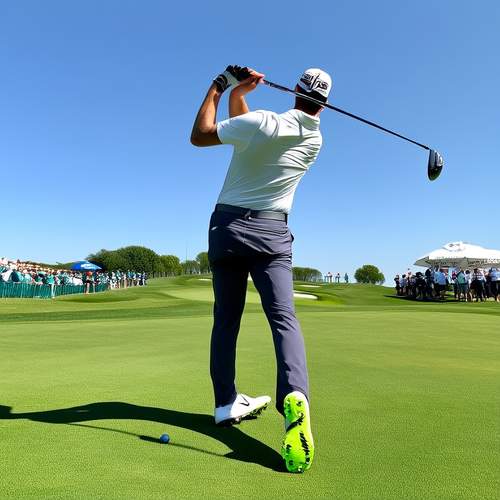
By George Bailey/May 20, 2025

By Rebecca Stewart/May 20, 2025

By Ryan Martin/May 20, 2025

By Amanda Phillips/May 8, 2025

By Lily Simpson/May 8, 2025

By Laura Wilson/May 8, 2025

By Sophia Lewis/May 8, 2025
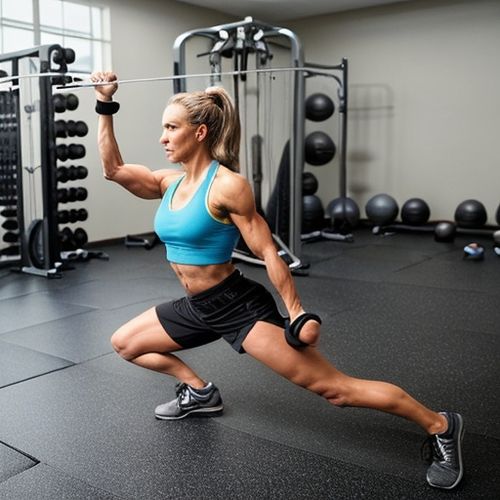
By John Smith/May 8, 2025
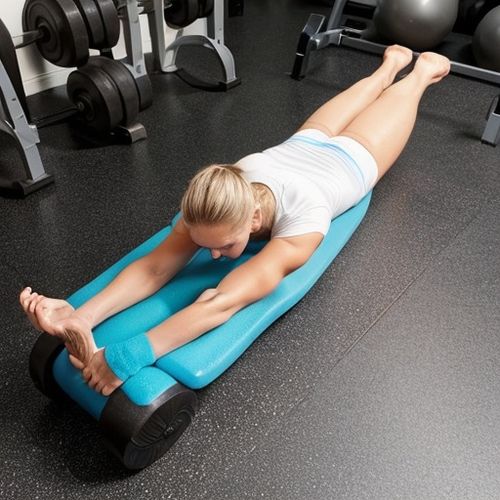
By Sophia Lewis/May 8, 2025
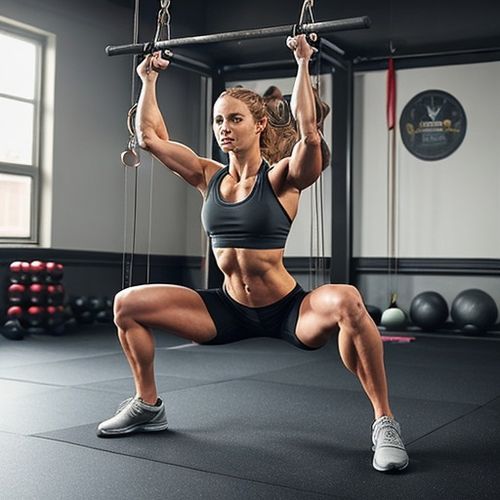
By John Smith/May 8, 2025
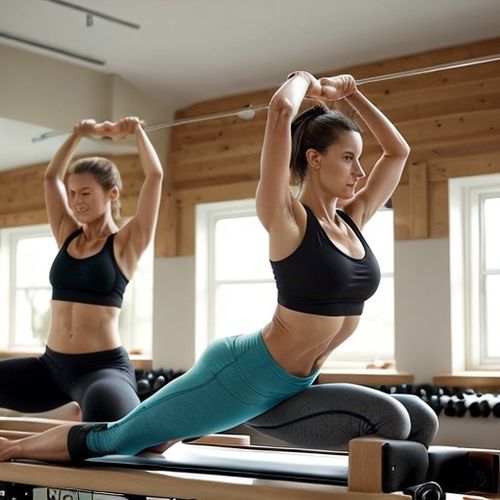
By Ryan Martin/May 8, 2025

By Eric Ward/May 8, 2025

By Lily Simpson/May 8, 2025
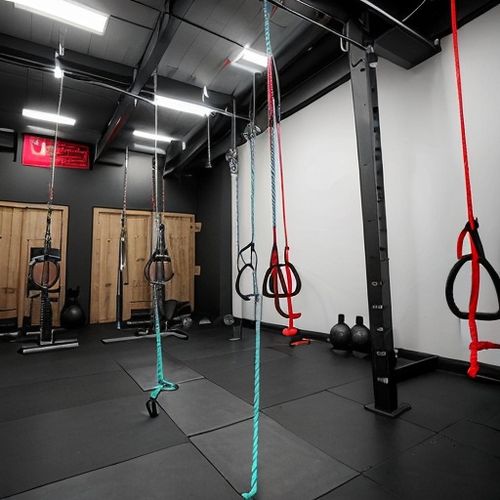
By Victoria Gonzalez/May 8, 2025

By James Moore/May 8, 2025
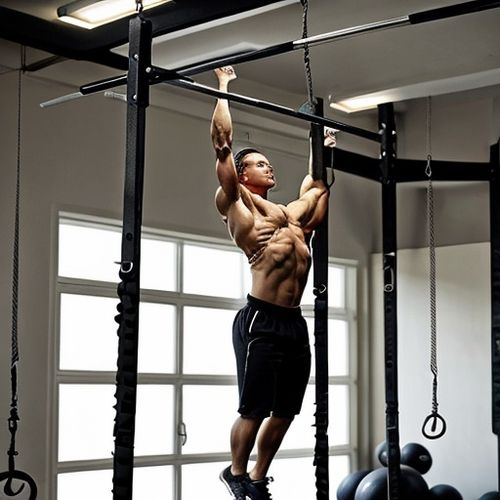
By Emily Johnson/May 8, 2025
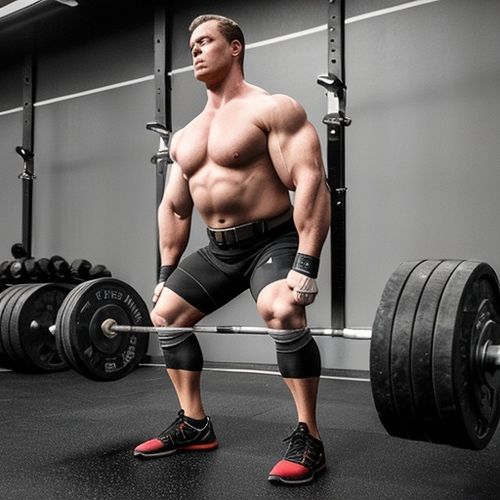
By Jessica Lee/May 8, 2025
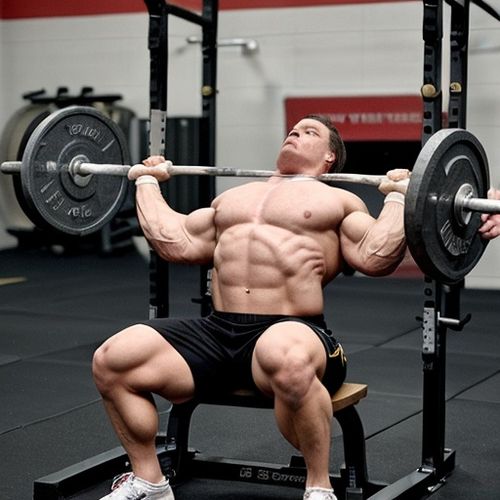
By Grace Cox/May 8, 2025

By David Anderson/May 8, 2025

By Elizabeth Taylor/May 8, 2025